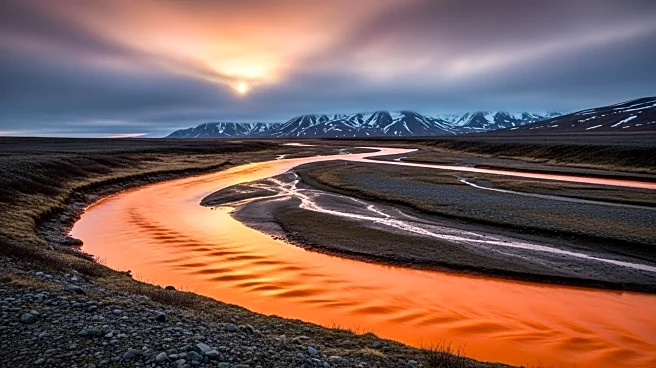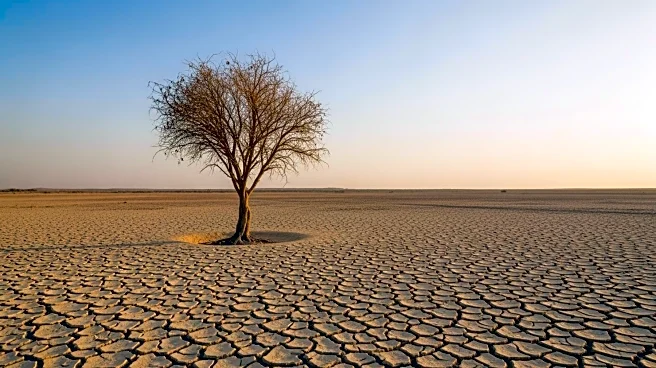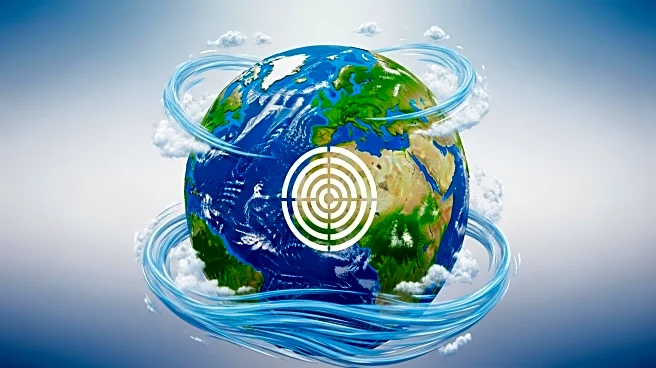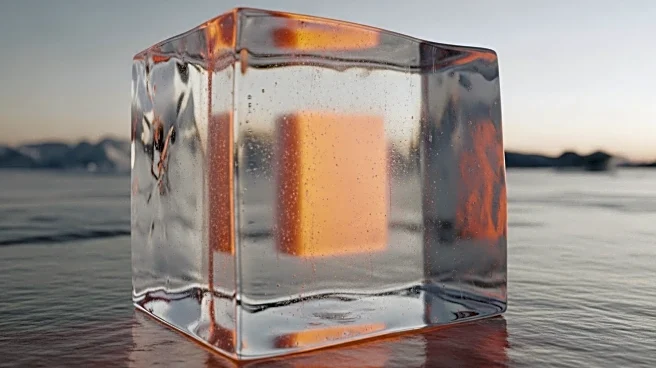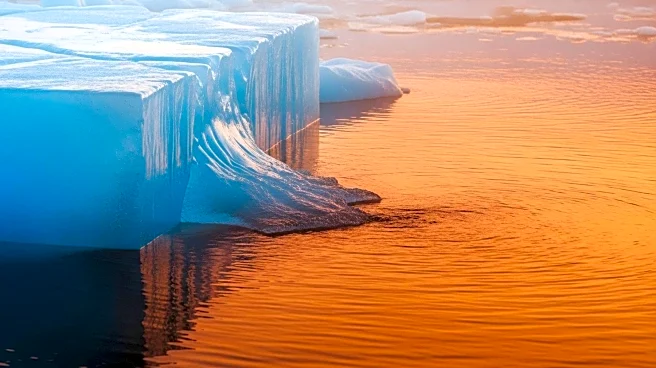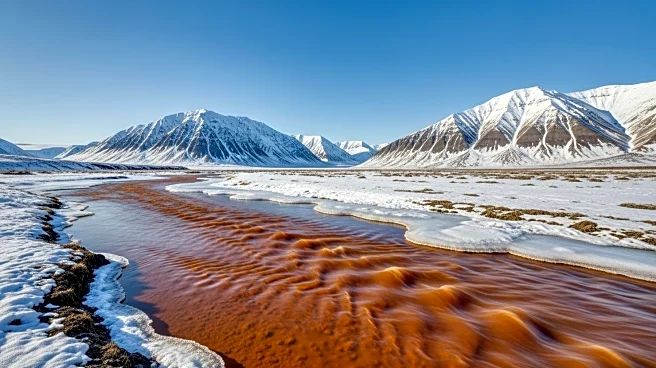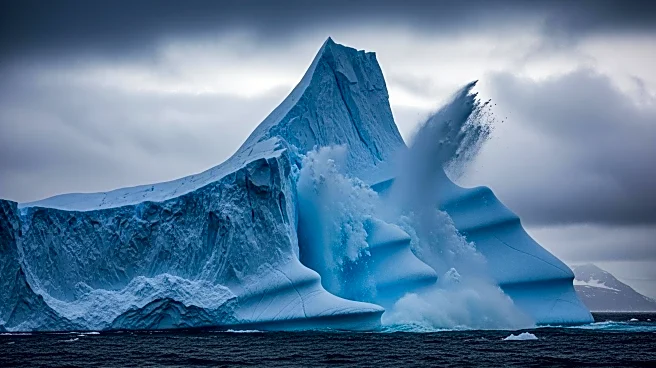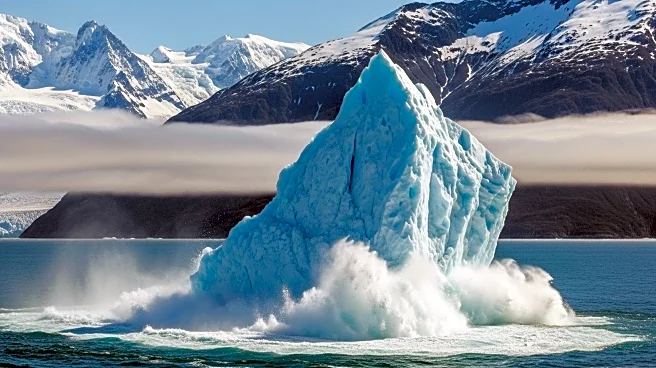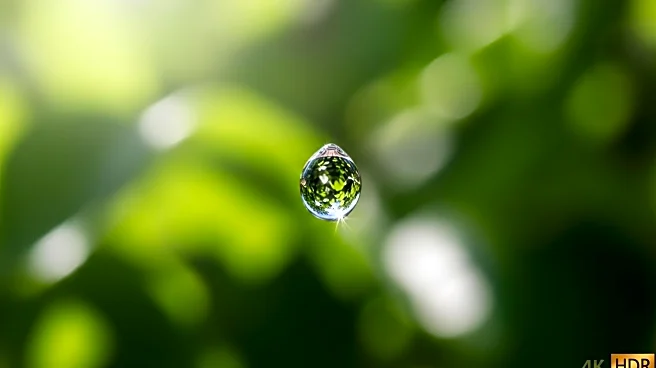What is the story about?
What's Happening?
Recent research published in the journal PNAS has uncovered the reasons behind the mysterious orange hue of Arctic rivers. The study reveals that ice can dissolve iron minerals more effectively than liquid water, challenging previous assumptions about frozen environments. Researchers found that ice at -10 degrees Celsius unlocks more iron from minerals than water at 4 degrees Celsius. This process is driven by freeze-thaw cycles, which create acidic conditions that facilitate iron dissolution. The study highlights the role of ice as an active player in chemical reactions, rather than a passive storage medium, with implications for water quality and ecosystems in the Arctic.
Why It's Important?
The findings have significant implications for understanding the impact of climate change on Arctic environments. As global temperatures rise, increased freeze-thaw cycles could lead to more iron being released into rivers, affecting water quality and aquatic ecosystems. This phenomenon could alter the chemical composition of Arctic waters, with potential consequences for biodiversity and the health of local communities. The study also provides insights into broader environmental processes, such as mine drainage and acid sulfate soils, where similar chemical reactions may occur. Understanding these processes is crucial for developing strategies to mitigate the effects of climate change on sensitive ecosystems.
Beyond the Headlines
The study challenges traditional views of ice as merely a storage medium, highlighting its active role in chemical processes. This new understanding could lead to further research into the interactions between ice and minerals in other frozen environments, such as glaciers and polar regions. The research also underscores the importance of monitoring and managing the impacts of climate change on Arctic ecosystems, which are particularly vulnerable to environmental shifts. As scientists continue to explore the chemical dynamics of ice, this knowledge could inform conservation efforts and policy decisions aimed at protecting Arctic habitats.
AI Generated Content
Do you find this article useful?
